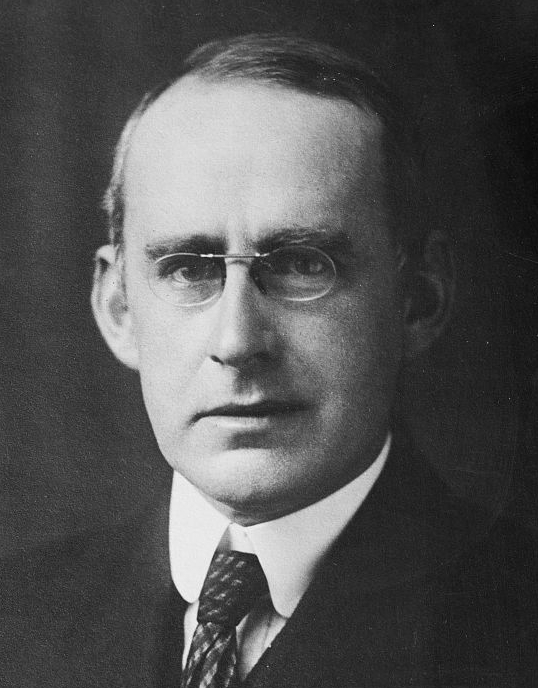A Physicist’s Defense of Reality, Despite Quantum Physics
He explains why Eddington’s solid table really IS solid, even if, at the highest resolution, it is mostly empty space
In the wake of quantum physics, King’s College philosopher of physics Alexander Franklin is concerned to stress that “everyday reality is not illusory but emergent”:
Popular science often tells us that we are radically deceived by the commonplace appearance of everyday objects and that colour and solidity are illusions. For instance, the physicist Sir Arthur Eddington [pictured] distinguished in 1928 between two tables: the familiar table and the scientific table, while the former is solid and coloured, the scientific table “is nearly all empty space”. Eddington then makes the striking claim that “modern physics has by delicate test and remorseless logic assured me that my second scientific table is the only one which is really there”.
Alexander Franklin, “Solid objects and empty atoms” at iai news (Issue 96, 9th June 2021)
Franklin’s essay in response is a plea for Emergentism (the reality we experience emerges from more basic principles), as opposed to what he calls “Illusionism,” the popular belief that it is all an illusion. Along the way, he offers a useful interpretation of the empty space “table”, in terms of quantum physics (the behavior of elementary particles):
However, according to the mainstream interpretations of Quantum Mechanics, there are no facts about where any electron is located at any time. Electrons should rather be thought of as spread out and occupying the entire path of the orbit at once – as such, electrons occupy a shell around the nucleus. To get from the existence of electron shells to the stability of matter, one further ingredient is the Pauli exclusion principle – a law that prohibits any two electrons (or other fermions) with exactly the same properties from being in the same location as one another. Together with the fact that only certain orbits are allowed by the theory, the Pauli exclusion principle prevents outer electrons from ‘falling in’ to the orbits of inner electrons. Thus, atoms take up space by forcing electrons into orbiting shells of increasing size and limiting the number of electrons that can share those shells.
Alexander Franklin, “Solid objects and empty atoms” at iai news (Issue 96, 9th June 2021)
So the space isn’t “empty” after all; it is occupied by the probabilities of electrons operating according to the laws of quantum physics (often called quantum mechanics or QM). The particles are very much there, though not, perhaps, in the way we are accustomed to think.
There’s another aspect to this question as well. There is no reason to consider our perceptions to be illusions unless there is a more correct perception that we could have at the same level of resolution.
Consider, for example, a decoy duck, floating in the water. The decoy is not an illusion on account of the fact that its atomic composition is not perceived by our senses. It is an illusion because — at a distance — we believe it to be a live duck. That is, there really is such a thing as a live duck and the decoy looks like a live duck without being one.

Suppose there had never been any such bird as a duck, that the very concept of a duck was a work of the human imagination, like that of the phoenix (pictured) which was thought to burst into flames and restore itself three days later. Then, like phoenix artwork, the decoy would not be an illusion at all, just artwork.
The decoy’s illusory nature depends on confusion at the same level of resolution, where an artificial duck can be mistaken for live one. There is no “same level of resolution” for an imaginary bird.
We might keep that in mind when considering Sir Arthur Eddington’s table. The table’s solidity is not an illusion; that’s how we experience it and quantum mechanics explains why we experience it that way. A hologram table, on the other hand, would be an illusion. It looks like a table but it is not a table, just an image of one.
Reality vs. illusion is a fascinating topic, all the more so as science sheds more light on reality.
You may also wish to read:
Can a materialist consciousness theory survive quantum mechanics? Quantum mechanics requires that the observer be part of the measurement; thus quantum measurements must include consciousness. If quantum measurements must include consciousness, the dualists are correct, says philosopher Angus Menuge: Consciousness exists in its own right.
and
In quantum physics, “reality” really is what we choose to observe. Physicist Bruce Gordon argues that idealist philosophy is the best way to make sense of the puzzling world of quantum physics. The quantum eraser experiment shows that there is no reality independent of measurement at the microphysical level. It is created by the measurement itself.
